Kennedy Hill is a remote Aboriginal community in Broome in the north-west of Australia in the Kimberley. The community exists in the shadows of Western Australian premier Colin Barnett’s commitment to close down approximately 100-150 Aboriginal communities in Western Australia.
There are more than 270 remote Indigenous communities in Western Australia and between them they are home to 12,000 people. Australian award winning Photojournalist Ingetje Tadros has spent four years working with the Aboriginal people and documenting the confronting daily life within the Aboriginal community. Her concerns for the community stretch from the old uninformed line that demonises Aboriginal men by insinuating that Aboriginal women and children are under great threat by the men in the communities to a lack of affordable accommodation while over seven per cent of the Kimberley population is homeless, and ninety per cent of this homelessness is comprised by its First Peoples.
Aboriginal elders and leaders are shocked and feel this is a big threat to their people and believe the impact of such a move could be almost as devastating, forcing people out of the communities would just relocate and intensify underlying problems of poverty, disadvantage and unemployment. History is repeating itself!
Much of the Kimberley is now under a regime of liquor restrictions, and some believe the drying up of Central and Eastern Kimberley towns has driven many of the most hardened and troubled alcoholics to Broome, where the booze continues to flow. So the problem of alcohol in smaller communities and the restrictions has moved the problem to the larger centres.
The hill is significant to indigenous people in the region and the presence of a large shell midden immediately adjacent to the community is testament to this significance. It’s been a living area since before white occupation or colonisation….since time immemorial.
Now the question remains, which Aboriginal communities will be closed?
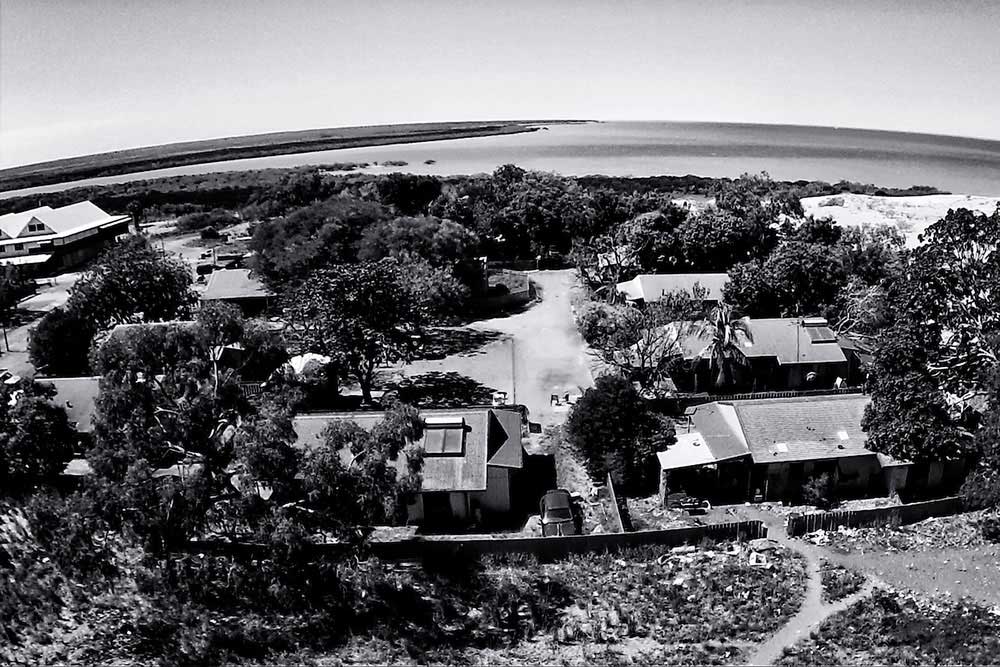
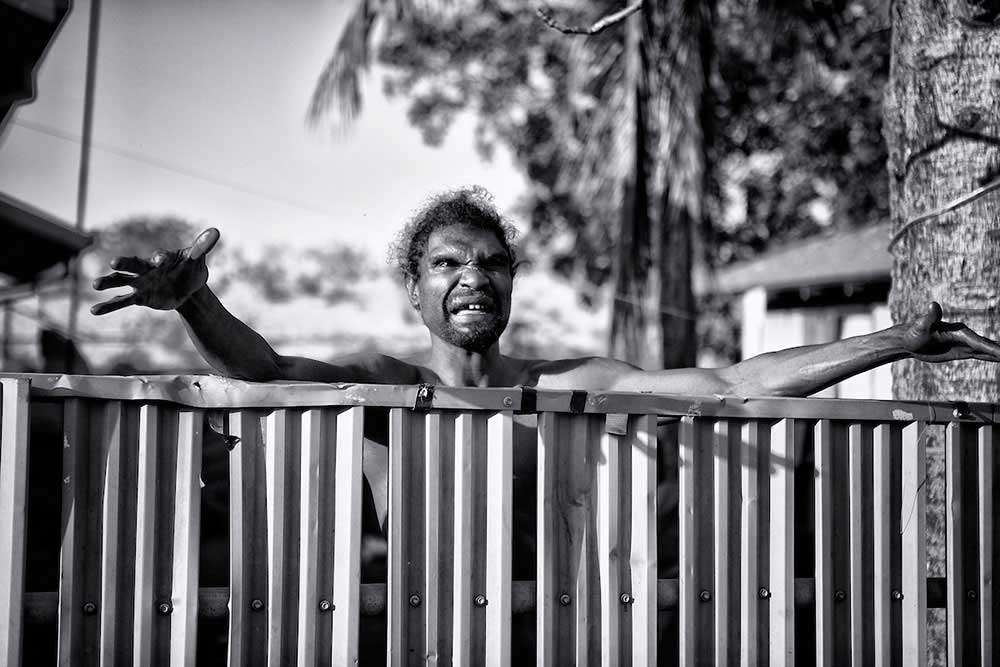
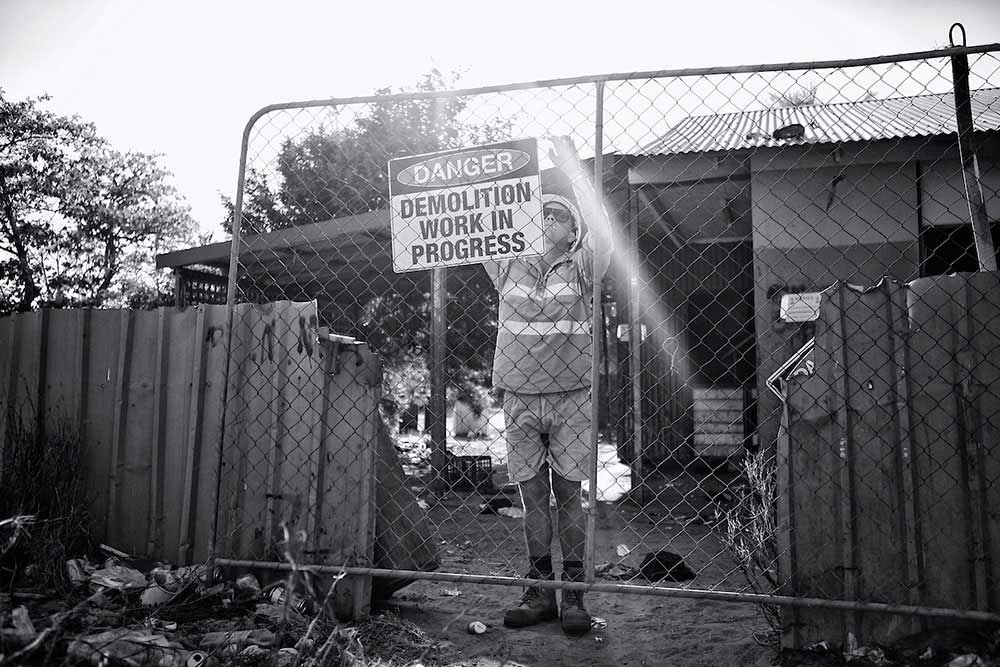
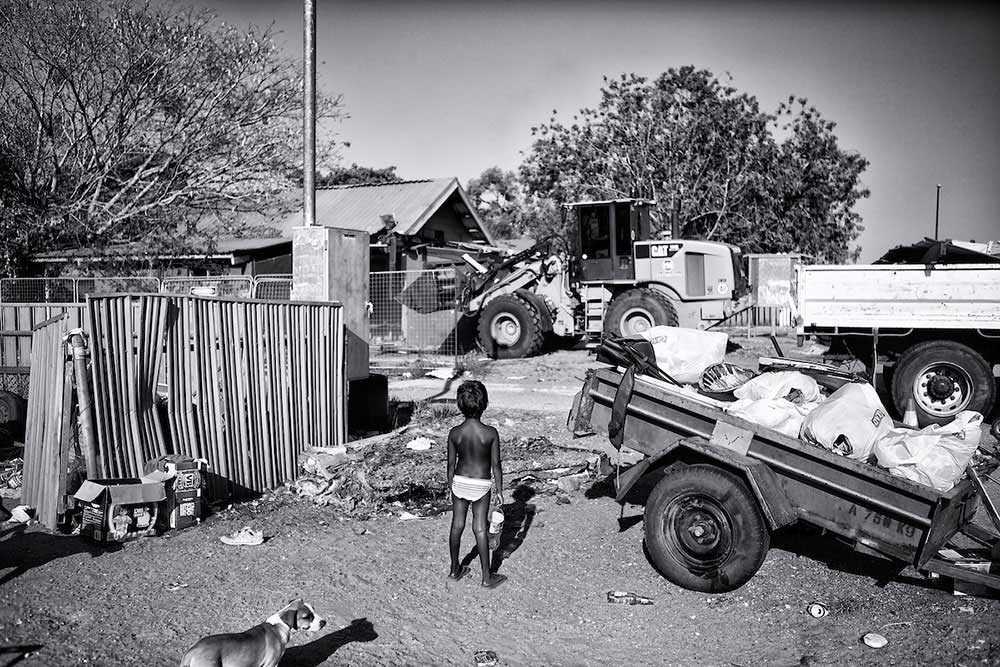
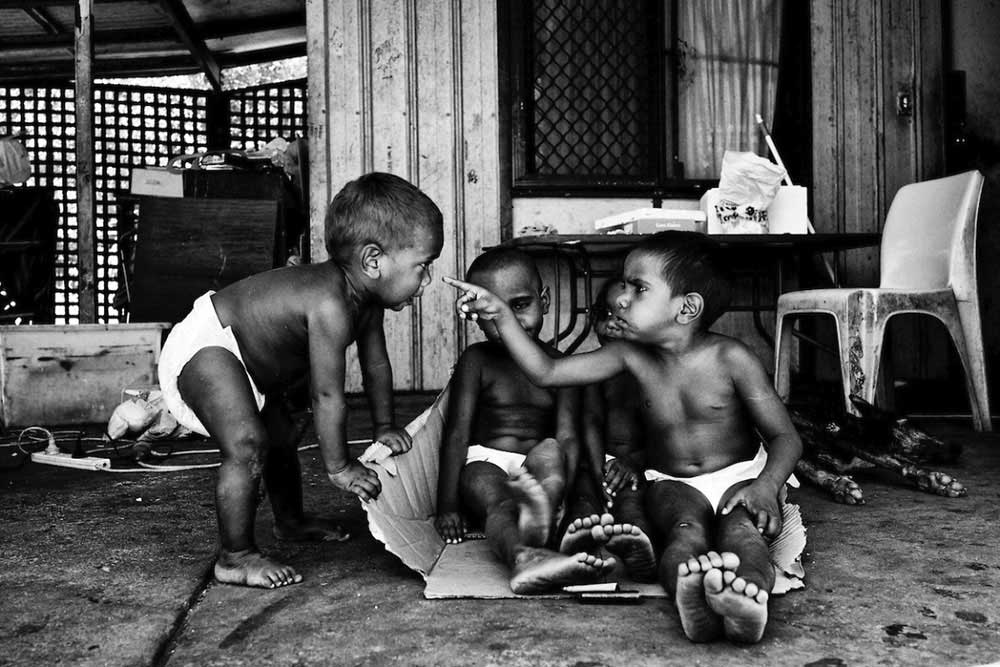
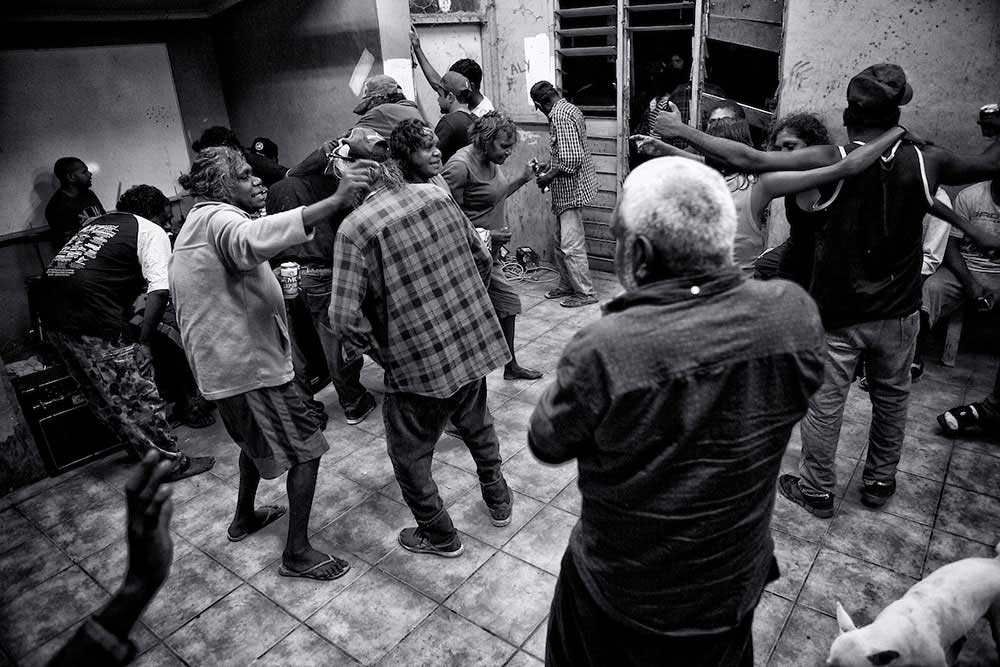
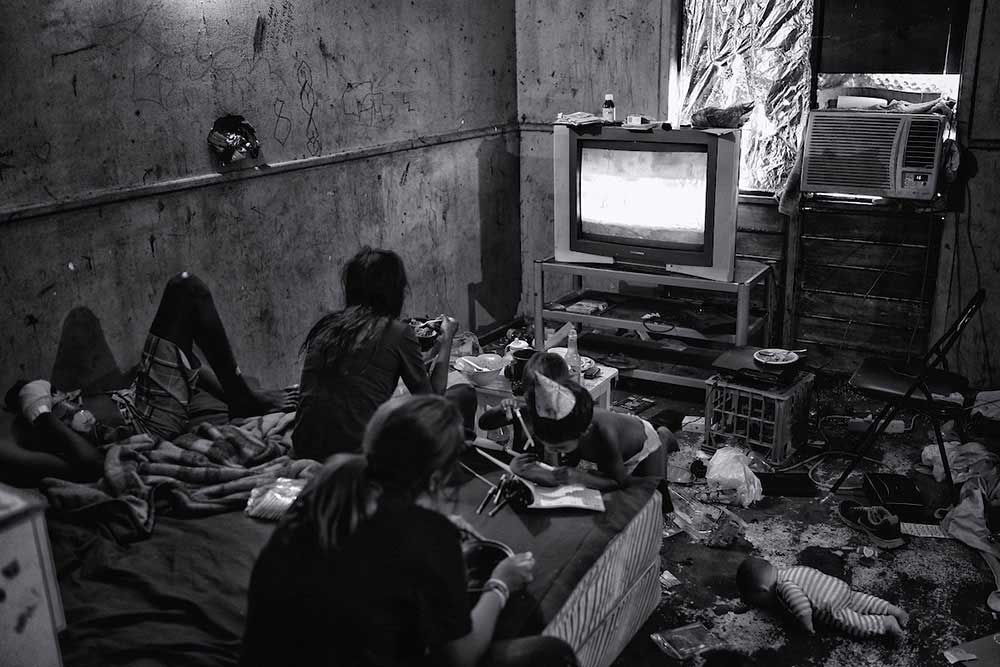
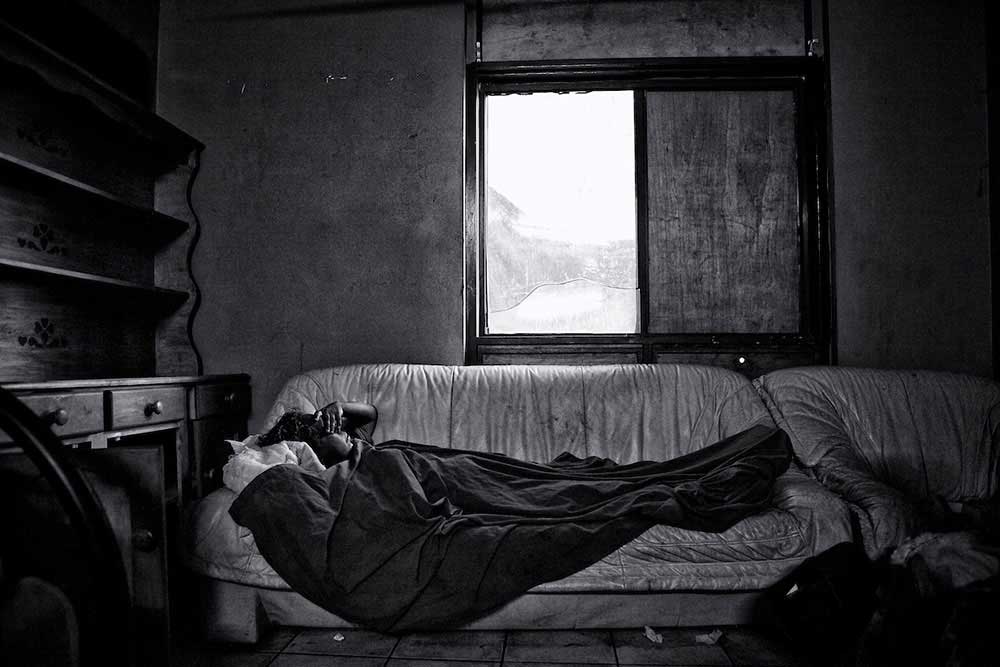
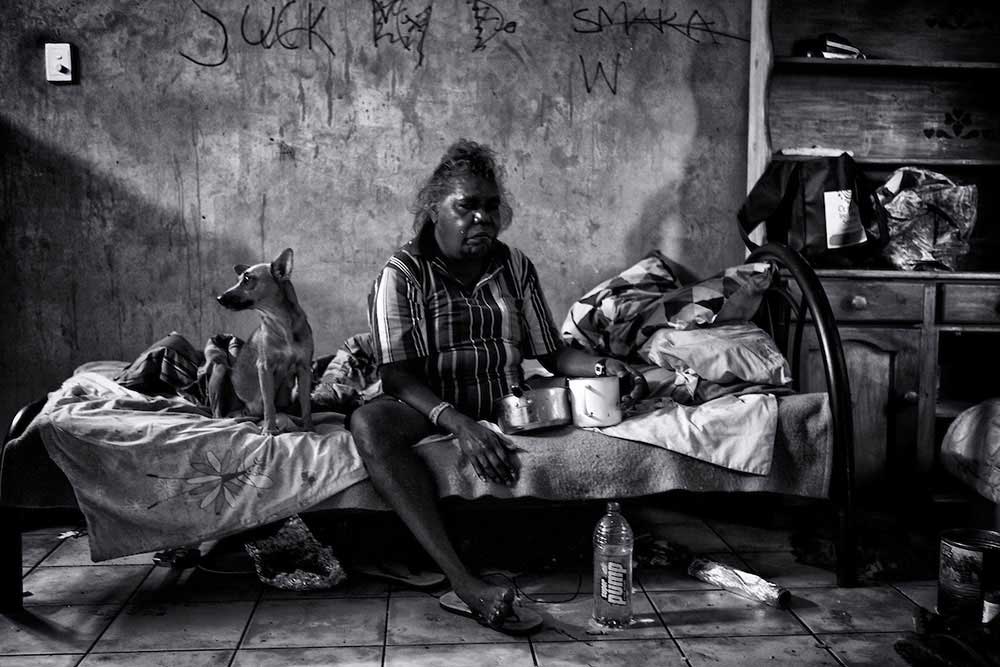
Many members of Aboriginal communities are traumatised by events from the past and for not being recognised. And for that, self-medication in the form of alcohol, cannabis, gambling, violence and amphetamines leads to health problems, unemployment, sexual and physical violence, foetal alcohol spectrum disorder, etc. until the circle breaks, as in people committing suicide, ending up in jail or just surviving till the end.
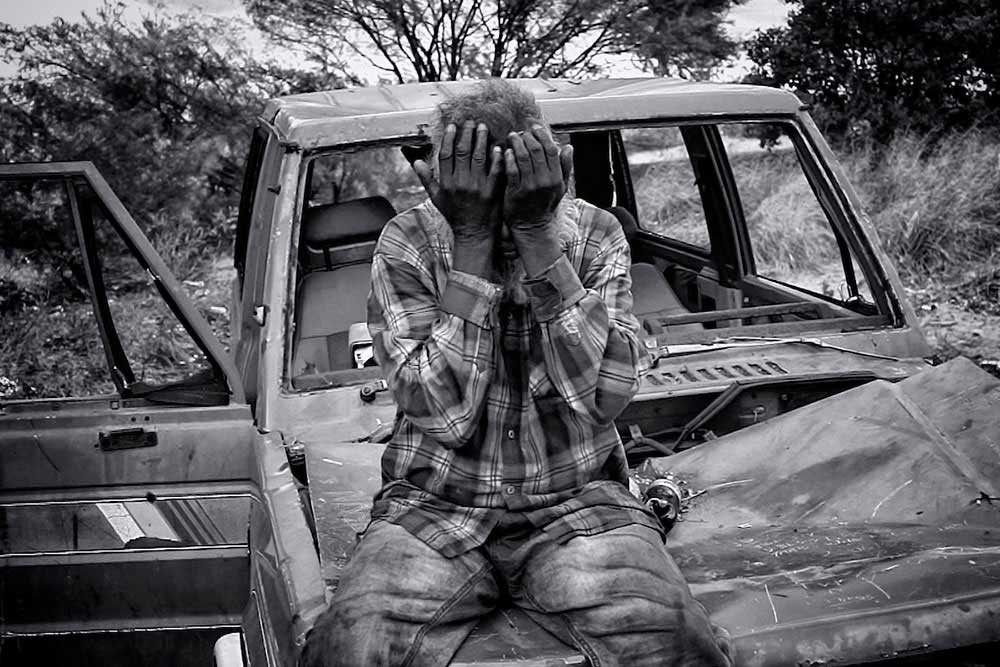
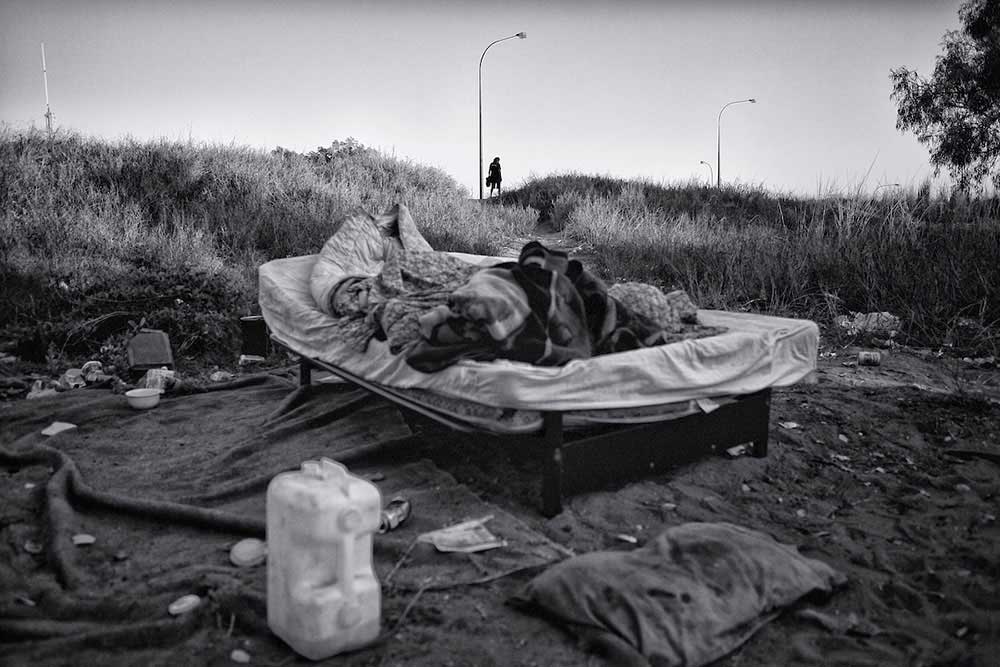
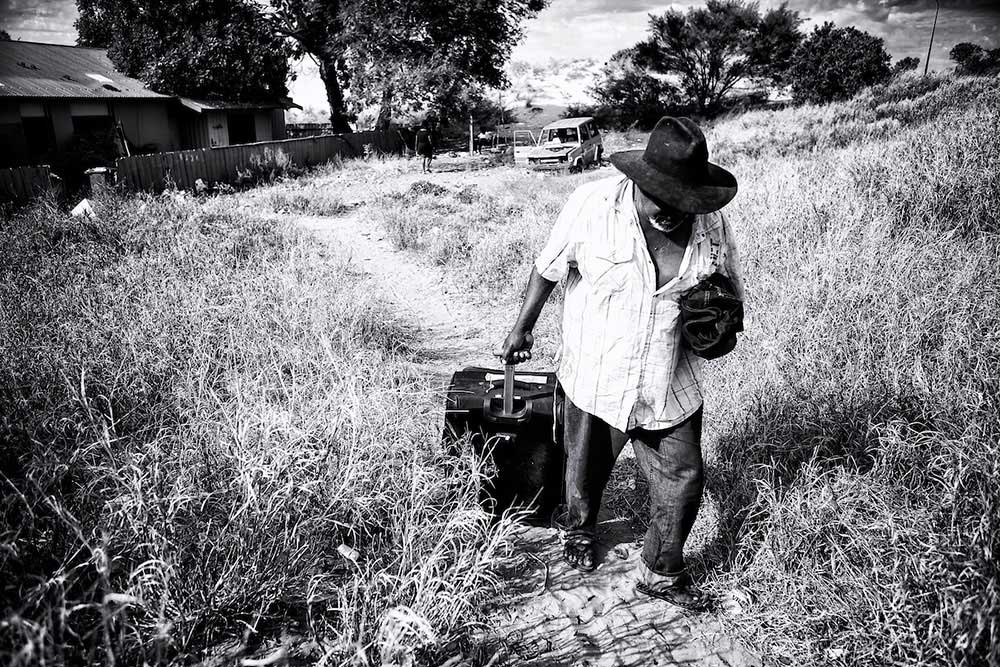
About Ingetje Tadros
Ingetje Tadros occupies a unique place in the world of social documentary photography, capturing the triumphs, tragedy and diversity of people’s lives through her intuitive storytelling. With a passion deeply rooted in humanitarian causes, her photography is often confronting and provocative to evoke a powerful message, telling people’s stories firstly at a community level and then to provide a conduit for communication between different cultures on a global platform.
Born in Holland, in her formative years Ingetje was always documenting the life of people around her, ultimately combining her passion for photography and travel to where her work now takes her around the globe. Her creative vision has been the driver to authoring several documentary projects as diverse as Mental Health in Bali, Leprosy in India, Trans-sexuality in Asia and Death Rituals in Egypt. Ingetje’s recent documentation of Kennedy Hill and important work This Is My Country involved documenting the complexities of race and culture of Australia’s indigenous people – the Aboriginals.
She has worked on assignments for some of the world’s best known online and print magazines. Her clients have included STERN, Amnesty International, Fairfax Media, Sydney Morning Herald, Australian Geographic, The Australian, The Internationalist, News Corp, Getty Images, Daily Mail, DOC Magazine and many more. Recent publications include This is My Country in STERN (2016), Kennedy Hill (Fairfax Media 2015), Caged Humans in Bali (Daily Mail 2014). Ingetje’s work has been recognised by a number of photography’s most prestigious honours. [Official Website][Book:This is My Country]






